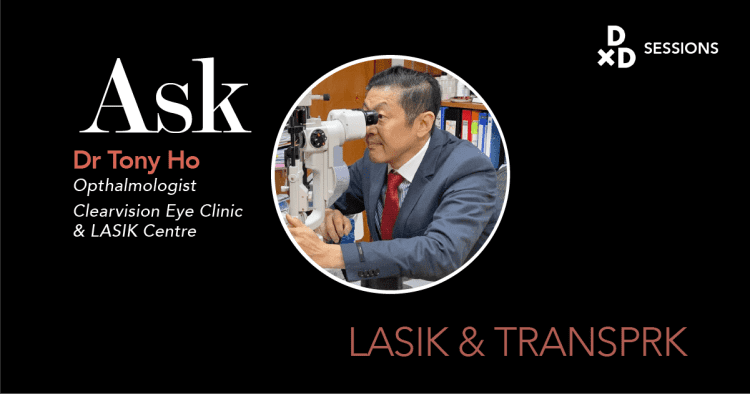Human Session held on July 31, 2018.
Dr Tony Ho is a recognised figure in the Singapore refractive surgery arena with 25 years of specialty experience. Always embracing change and innovation, Dr Ho had the opportunity to perform the surface-based, no cut and no flap Advanced Surface Ablation (ASA) method, now known as epiLASIK. (flapless, bladeless LASIK surgery) in Singapore and the region. He is currently the head doctor at Clearvision Eye Clinic & LASIK Centre.
Dr Tony answered questions from readers on:
- LASIK vs TransPRK
- Which LASIK procedure is suitable for you
- What are the different laser eye surgery procedures available
- The cost of TransPRK in Singapore
- Eyesight regression after LASIK
Will my myopia return after TransPRK?
No, myopia will not come back after a TransPRK treatment.
After TransPRK, your cornea is reshaped by a laser called the Excimer laser to change the way light bends into your eye, enabling you to see clearly again.
How much does TransPRK cost in Singapore, and what affects the costs?

The cost of TransPRK in Singapore ranges from $3,500 - $4,500 for both eyes.
Laser vision correction in Singapore is very much dominated by private clinics and one will most definitely notice a variation in the cost of TransPRK amongst the private clinics.
The cost varies because each clinic charges according to their own running costs and branding. Some clinics throw in fringe services, which results in a much steeper price.
Is TransPRK suitable for me if I rub my eyes a lot and lead an active lifestyle?

If you are considering laser vision correction but you have dry eyes or tend to rub your eyes a lot, then you may want to opt for TransPRK which has the lowest risk of dry eyes and zero risk of corneal flap dislodgement complication.
Unlike the other laser vision correction methods, TransPRK do not cut any flap or internal
lenticule making it a true no cut procedure. There is thus also no cutting of the thousands of
cornea nerve endings. As such, there is zero risk of flap complications simply because there
is no cut flap.
What is the recovery process like after a TransPRK procedure?
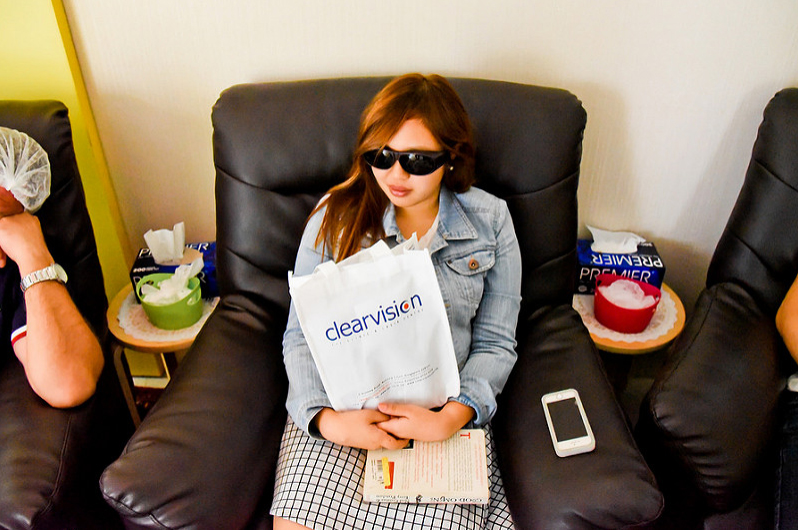
It is a myth that the recovery process for TransPRK is “much slower and really uncomfortable”. With modern TransPRK, the cornea treatment surface area is only about a small 8 mm diameter area.
After treatment, a protective high oxygen permeable contact lens is placed immediately upon the treated cornea surface to protect and to promote good and fast surface healing for four to five days after which it is removed. At the same time, NSAID eyedrops, antibiotic and steroid eye drops are prescribed.
Following TransPRK, most patients will experience discomfort and transient blurring that is described as mild and tolerable. This lasts from 2 to 3 days. Almost all patients go back to work on the 5th day after the protection contact lenses are removed.
Is TransPRK more suitable for me than LASIK if I have glaucoma?
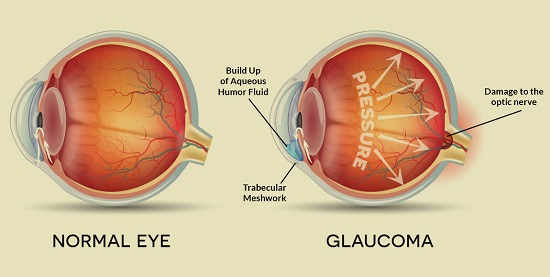
A main concern for glaucoma patients undergoing other laser vision correction procedures like LASIK or ReLEx SMILE is the use of the suction ring intra-operatively, which will cause a sustained increased eye pressure for a minute and this may cause irreversible damage to the already damaged optic nerve.
However with TransPRK, there is no suction ring device applied to your eyes. If your glaucoma is mild to moderate and is well-controlled with medications, you should be suitable for the TransPRK procedure even if you have glaucoma.
Does TransPRK cause poor night vision?
In fact, to the contrary, with wavefront correction TransPRK you can look forward to better night vision than before!
The reports that you have read online are probably reports on early PRK surgery that precedes modern wavefront TransPRK. There are no scientific studies to date stating that modern TrransPRK can cause poorer night vision.
How can I decide if TransPRK or LASIK is the best for me?
You should first consider if you are one of those who like to rub your
eyes or who intend to do rugged contact sports. If yes, then TransPRK will be strongly
recommended over LASIK as with TransPRK there is no cut flap and thus no fear of incurring
flap dislodgment or dislocation injury.
This is why MMA enthusiasts and professionals alike seek TransPRK as their preferred
procedure of choice.
Next, you should consider your risk aversion towards developing dry eyes. Of the various
modern laser vision correction procedures, LASIK has the highest risk of post-op dry eye
complications that may in some cases become a chronic lifelong problem.
This is because in cutting the open cornea flap, LASIK cuts off the nerve endings of the
thousands of nerves innervating the sensitive cornea.
With TransPRK, there is no cut nerve endings and minimal risk of dry eye complications. In
my experience with thousands of patients, TransPRK patients do not have dry eye
complaints two weeks after surgery.
Next, you should consider your risk aversion towards developing a flap-related post-op
complication. Despite the advances of modern LASIK, cornea flap related complications still
remain the main cause of significant post-LASIK complications.
If you do active sports or lifestyle activities, the risk of sustaining a flap-related trauma or
problem is naturally higher.
With TransPRK, there is zero risk of flap related complication as there is simply no cut
flap.
Finally you should consider your ability to take medical leave for four days after the
procedure and to stay away from outdoor activities in the strong sunlight for at least six
weeks. This is because TransPRK has the disadvantage of requiring a longer period of
medical leave as compared to LASIK and you have to be careful to avoid exposure to UV rays
for six weeks post-op.
What are the possible complications that might arise after TransPRK?
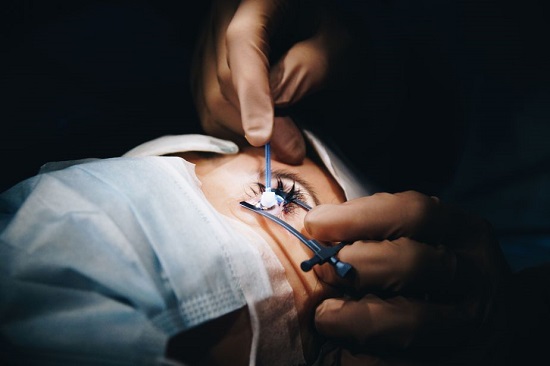
As with any surgical procedure, infection is an important complication to watch out for. That is why all patients are advised to stop wearing contact lenses at least three days before coming for the procedure and to take at least four days of rest after the op to rest and recuperate in the clean confines of their own home.
After the procedure, patients must adhere to the regime for instilling the antibiotic and steroid eye drops. Fortunately, the overall risk of a serious eye infection following TransPRK is extremely low at 1 in 5,000 eyes.
How old is too old for LASIK surgery?
There is theoretically no age limit for LASIK surgery. But in practical reality, most patients age 65 years and above would have some degree of cataract and would be better serve by a cataract operation.
If you are 46 and suffer from myopia, presbyopia (lao hua) and astigmatism, you can go for LASIK or TransPRK.
For patients age 40 years and above, most eye surgeons will advise mono-vision laser vision correction where the dominant eye is corrected to see well for near and the non- dominant eye is corrected to leave a small amount of residual myopia (about 1.50 dioptre or 150 degrees) to see well for near.
Can I do TransPRK if I have dry eyes due to Meibomian Gland Dysfunction?
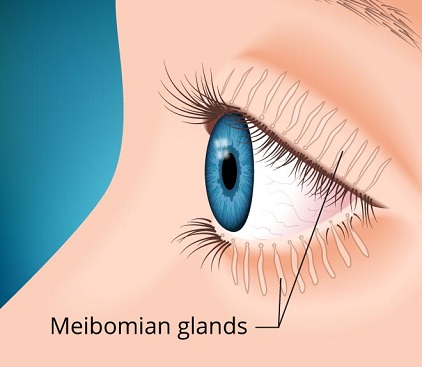
The majority of dry eye cases caused by Meibomian Gland Dysfunction (MGD) are mild. Usually, this can be simply treated with lubricating eyedrops and are not a contraindication to laser vision correction, in particular, Advanced Surface Ablation (ASA) procedures such as TransPRK.
Ever wanted to ask a health question to a specific renowned specialist in Singapore? Human Sessions are when these expert doctors answer all your questions!
View the complete list of upcoming Human Sessions here.
